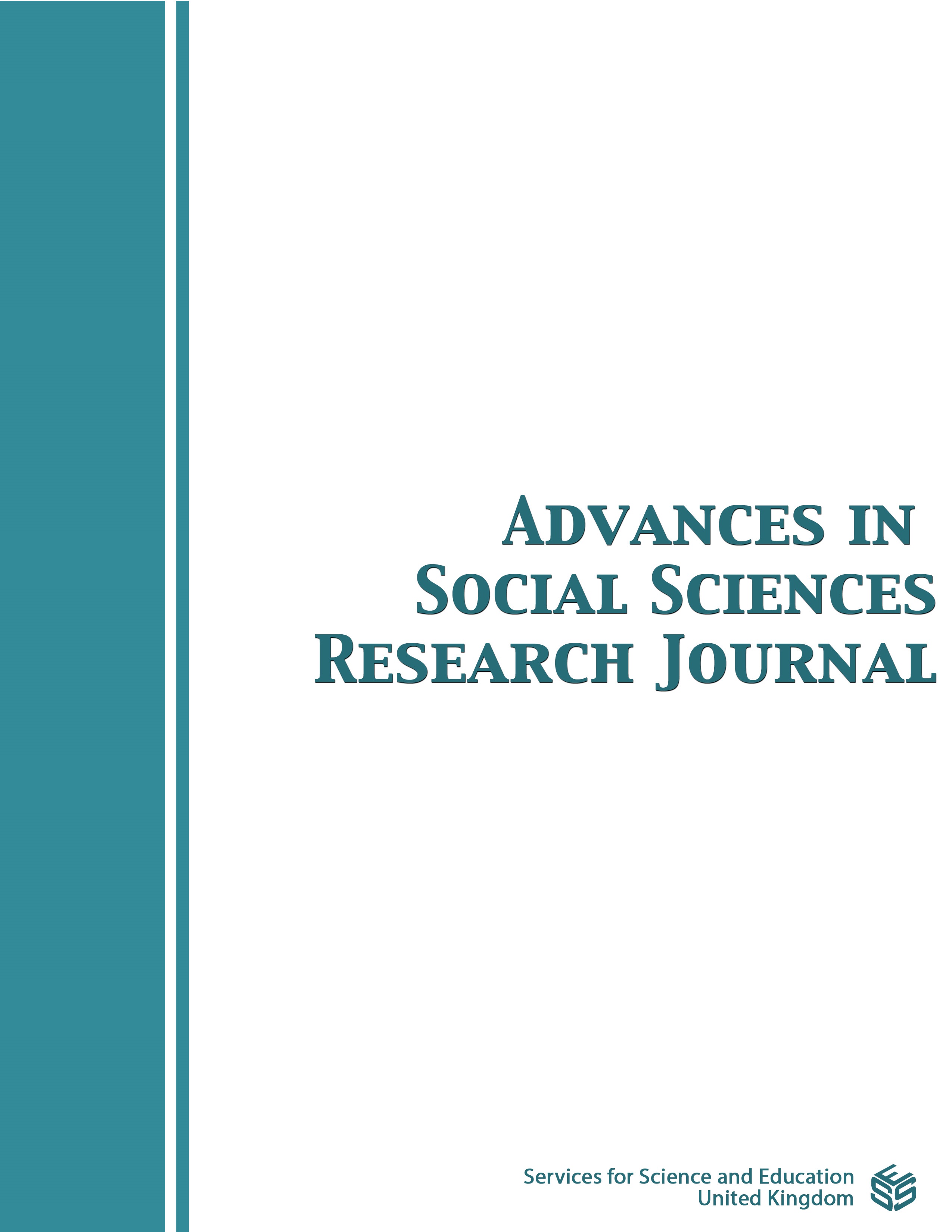Moderating Effect of Self-Efficacy on Cognitive, Emotional and Social Intelligence Towards Job Performance in Banking Industry
DOI:
https://doi.org/10.14738/assrj.106.14789Keywords:
Job performance, Cognitive intelligence, Emotional intelligence, Social intelligence, Self-efficacy, Local commercial banksAbstract
Although the services sector is one of the sectors that anchored the country’s economy growth in 2019 in Malaysia, this sector lacks in growth and need to be pushed for greater productivity. Particularly, financial sector has the most contribution to the service sector. Meanwhile, the banking sector of Malaysia has gone through profound and rapid changes in the last few years. This study aims to examine the moderating effect of self-efficacy on the relationship between cognitive, emotional and social intelligence towards job performance in the Malaysian local commercial banks using survey data obtained from 436 employees. The Partial Least Square method is employed to study the link. The findings indicate that self-efficacy moderates the relationship between cognitive and emotional intelligence towards job performance. Nevertheless, contrary to the claims of scholars, the study finds no evidence of any moderation effect of self-efficacy on the relationship between social intelligence towards job performance. Limitation and suggestion for the future research are also discussed.
Downloads
Published
How to Cite
Issue
Section
License
Copyright (c) 2023 Jamak Amrollahifar, Mass Hareeza Ali, Zuraina Dato Mansor, Nor Siah Jaharuddin, Guo Yajie

This work is licensed under a Creative Commons Attribution 4.0 International License.
Authors wishing to include figures, tables, or text passages that have already been published elsewhere are required to obtain permission from the copyright owner(s) for both the print and online format and to include evidence that such permission has been granted when submitting their papers. Any material received without such evidence will be assumed to originate from the authors.






